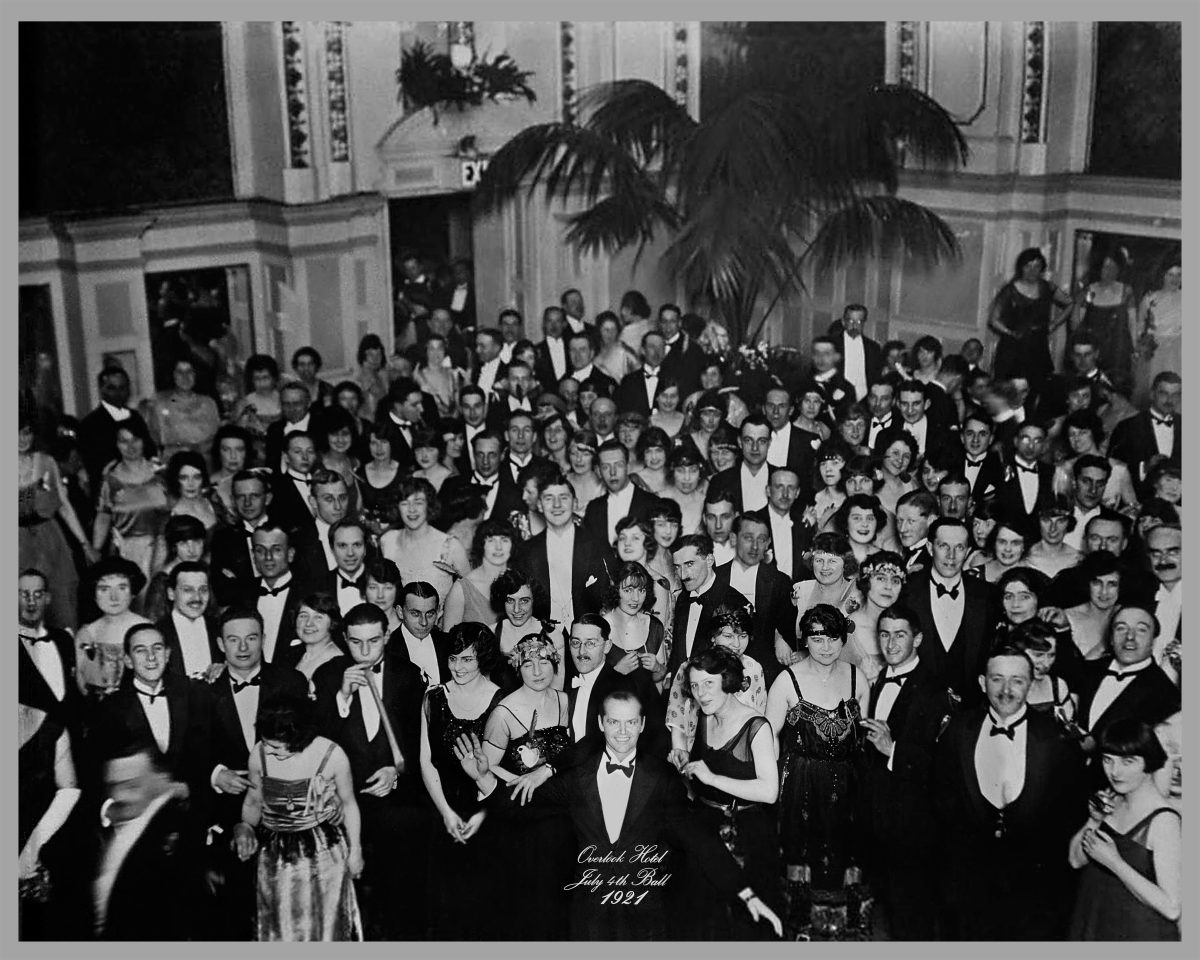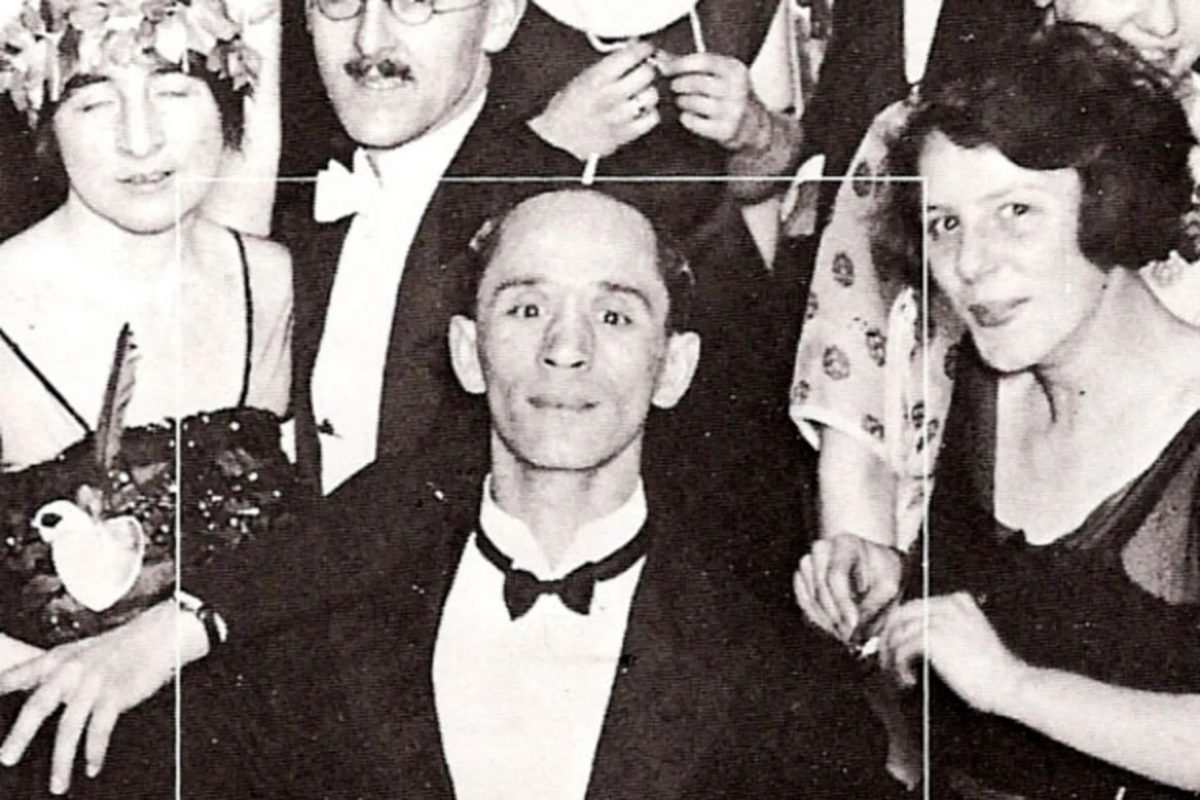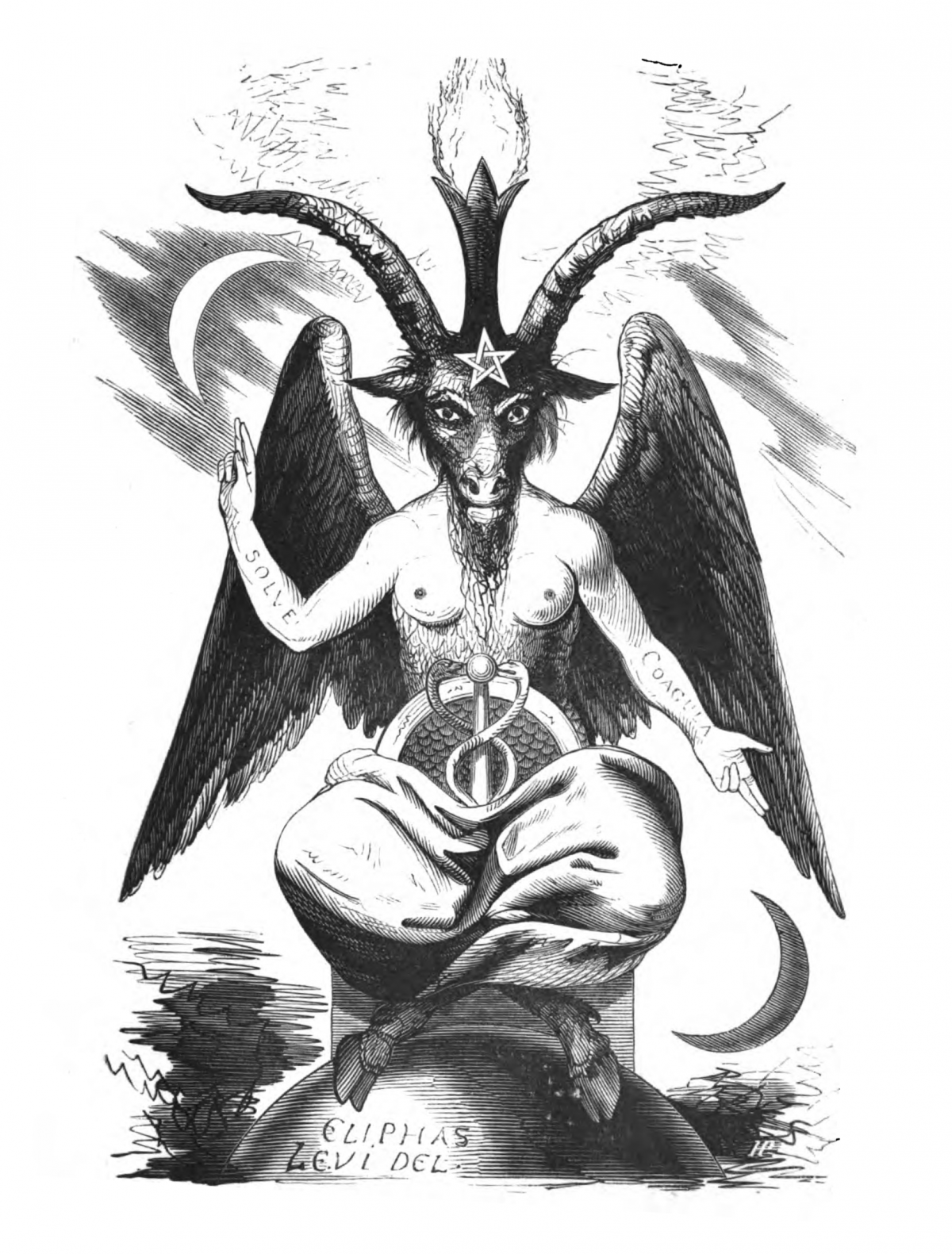There is no death;
Lifelessness is only a disguise
Behind which hide,
Unknown forms of life.– The Street of Crocodiles by Bruno Schulz

By the end of Stanley Kubrick’s capacious rendering of Stephen King’s novella The Shining, no-one is able to look away. You don’t lose interest half-way as you navigate the colossal, remote Overlook Hotel in the company of Danny (Danny Lyon) – and ‘Tony’ “who lives in my mouth” – as the boy rides his tricycle around the winding corridors, wheels gliding silently over those patterned carpets up to a sudden stop as the supernatural twins appear and ask their eternal question (“Can you play with us Daniel?”), and his parents Jack (Jack Nicholson) and Wendy (Shelley Duvall).
The Torrance family are minding the gargantuan resort hotel while it’s closed for the winter. Moments of intense isolation inside the expansive hotel create a sense of creeping horror. The unease steadily encroaches until Danny is trapped between the real and the paranormal, Wendy becomes hysterical with terror and Jack topples over the edge.
So you stayed til the end, unable to look away, engrossed by this disunited family’s descent into madness or psychic terror, and saw Jack freeze to death in the maze and then smiling from inside the photograph seen in the final shots. And this is about that photograph of Jack smiling at a 1921 party at the Overlook Hotel.
Kubrick once told Le Monde: “Le film est construit comme un puzzle et je pose la dernière pièce dans la dernière image” – “The film is built like a jigsaw puzzle and I place the last piece in the final image.”

The Shining – 1923
The original photographs of Jack Nicholson are located in the Stanley Kubrick Archive in London, and a look at them reveals that only Nicholson’s head, collar, and bowtie were used in the final photo. The rest belongs to a man in the original 1923 photograph.
These images were found in a book entitled The Complete Airbrush and Photo-Retouching Manual, which was originally published in 1985. The book also identifies the retouching artist responsible for this work, Joan Honour Smith.
What we know about that original photograph is thin. But a clue to why it was chosen is in the man’s post, reminiscent, as it is, of Baphomet, aka Satan, on his tarot card.

An 1856 depiction of the Sabbatic Goat from Dogme et Rituel de la Haute Magie by Éliphas Lévi. The arms bear the Latin words SOLVE (dissolve) and COAGULA (coagulate).
As Catherine Bayer writes, “The image of Baphomet was originally created in 1854 by occultist Eliphas Levi for his book Dogme et Rituel de la Haute Magie (Dogmas and Rituals of High Magic). It reflects a number of principles considered fundamental to occultists and was influenced by Hermeticism, Kabbalah, and alchemy, among other sources.”
Levi wrote:
“The goat on the frontispiece carries the sign of the pentagram on the forehead, with one point at the top, a symbol of light, his two hands forming the sign of hermetism, the one pointing up to the white moon of Chesed, the other pointing down to the black one of Geburah [two Sephirot on the Jewish Tree of Life]. This sign expresses the perfect harmony of mercy with justice.
“His one arm is female, the other male like the ones of the androgyn of Khunrath, the attributes of which we had to unite with those of our goat because he is one and the same symbol. The flame of intelligence shining between his horns is the magic light of the universal balance, the image of the soul elevated above matter, as the flame, whilst being tied to matter, shines above it.”

Via: The Overlook Hotel
Would you like to support Flashbak?
Please consider making a donation to our site. We don't want to rely on ads to bring you the best of visual culture. You can also support us by signing up to our Mailing List. And you can also follow us on Facebook, Instagram and Twitter. For great art and culture delivered to your door, visit our shop.

